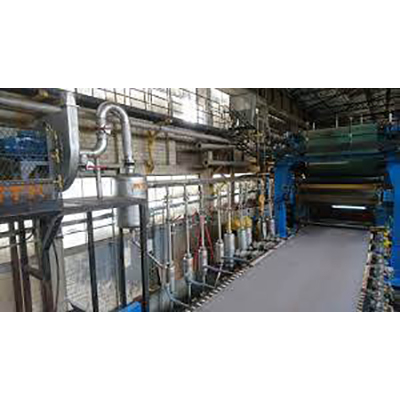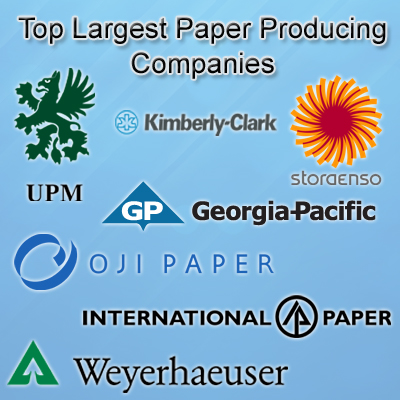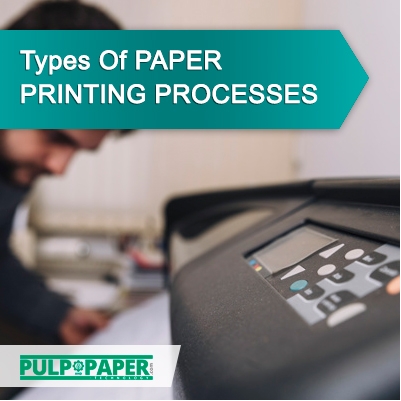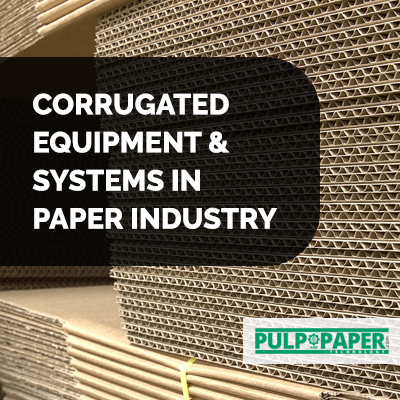Dewatering to improve: Oradoc tips to drain the right way

Dewatering to improve: Oradoc tips to drain the right way
INTRODUCTION:
Vacuum and dewatering systems are crucial for papermaking, as they contribute to sheet formation, press performance, felt conditioning and general machine efficiency.
In spite of that, paper machines usually operate paying little attention to vacuum processes, until these systems tend to evolve into lost performance, often resulting in reduced dewatering capability, slow or variable drainage, which has a direct and negative impact on overall paper machine efficiency and operating costs.
Other problems may include as well vacuum pump reliability and maintenance problems, thus contributing to downtime.
With regard to dewatering systems, Oradoc stands out for its long-standing experience gained in tissue paper plants and, thanks to the recent acquisition of MTK, can now also boast an in-depth knowledge of vacuum and drainage systems specifically conceived for paper and cardboard production lines.
One of the most recent and meaningful intervention was carried out at Papeles y Corrugados Andina S.A., in Colombia, a company dedicated to the manufacture and marketing of corrugated cardboard packaging solutions, which entered its national paper market in 1995.
Understanding how the early vacuum table should be set up is fundamental: good formation requires gradual dewatering to properly develop the sheet and failure to control early vacuum elements can generate, instead, aggressive dewatering. Given that the vacuum system includes several sub-systems for vacuum control, air/water separation, and vacuum pump seal water management, it is extremely important to correctly size all various components that are part of the vacuum system: in this case, an expert advice can really make a difference in choosing the best configuration to get the most out of dewatering.

Overall vacuum system layout with drainage elements and wire before start-up
Currently, Papeles y Corrugados Andina S.A. production plant produces kraftliner packaging paper with weights ranging from 125 to 300 gr/sqm, a paper width of 2450mm and a max production speed of 400 m/min, reaching approximately 3,600 tons/month of paper, while the corrugator production plant has a capacity of 7,000,000 sqm/month.
As it sometimes happens in most paper production plant, the Andina one in Colombia was suffering slow initial drainage and poor formation; that’s why we proposed an overall rebuilding of the wet area and a brand new vacuum system to boost drainage performances. As early vacuum table operation, formation and sheet quality are closely linked, lack of understanding of how these systems are meant to work may have significant consequences on final product’s quality.
When it comes to vacuum, ‘virtue stands in the middle’, as the saying goes, which means that lack of accurate vacuum measurement and control - too low or excessive vacuum - may damage papermaking in the same way. Good formation needs gradual dewatering to develop the sheet, while failure to control early vacuum elements can entail aggressive dewatering. After an accurate assessment, our technicians proposed a brand-new, customized solution starting from the forming board, followed by an hydrofoil, three modulated flat boxes, two vacuumfoil boxes, a duoflow and a bivac case tailed by a trivac box.
Vacuum system layout

Further on, in the high-vacuum area after the wet line, the installation of bivac and trivac boxes creates different zones of progressively increasing vacuum in the flow direction towards the machine, so to prevent the sheet from being subject to atmospheric pressure again as it passes from one vacuum zone to the next with greater vacuum.
To guarantee the vacuum efficiency, each vacuum zone is equipped with an air- water separator installed on the drain pipe and it can also take advantage of an automatic VRV-AF valve to perform a more accurate vacuum adjustment of each chamber. This process allows for energy savings and a significant improvement in the final sheet dryness percentage.
By carefully monitoring drainage values and vacuum analysis and optimization, the customer’s needs were finally met: higher speed and improved formation were achieved while saving energy.

Fourdrinier machine functioning
To further improve dewatering performances, it was also suggested to install ceramic covers in aluminium oxide and plastic deckles on modulated flat boxes.
Starting from the formation area, in fact, the modulated flat boxes are ideal for creating the optimal pulp slurry activity on the basis of speed and grammage produced: taking advantage of vacuum, the wire is pulled into depressions created by plastic elements installed at a lower height than the ceramic ones; the intensity of this kind of activity may be varied by adjusting the vacuum level.
This box comes with false air valve and vacuum gauge, so to guarantee the optimization of the drainage and the formation frequency and it was also equipped with an additional VRV-AF valve to adjust the vacuum level inside the box in an even more accurate way.

Trivac connection to vacuum system









